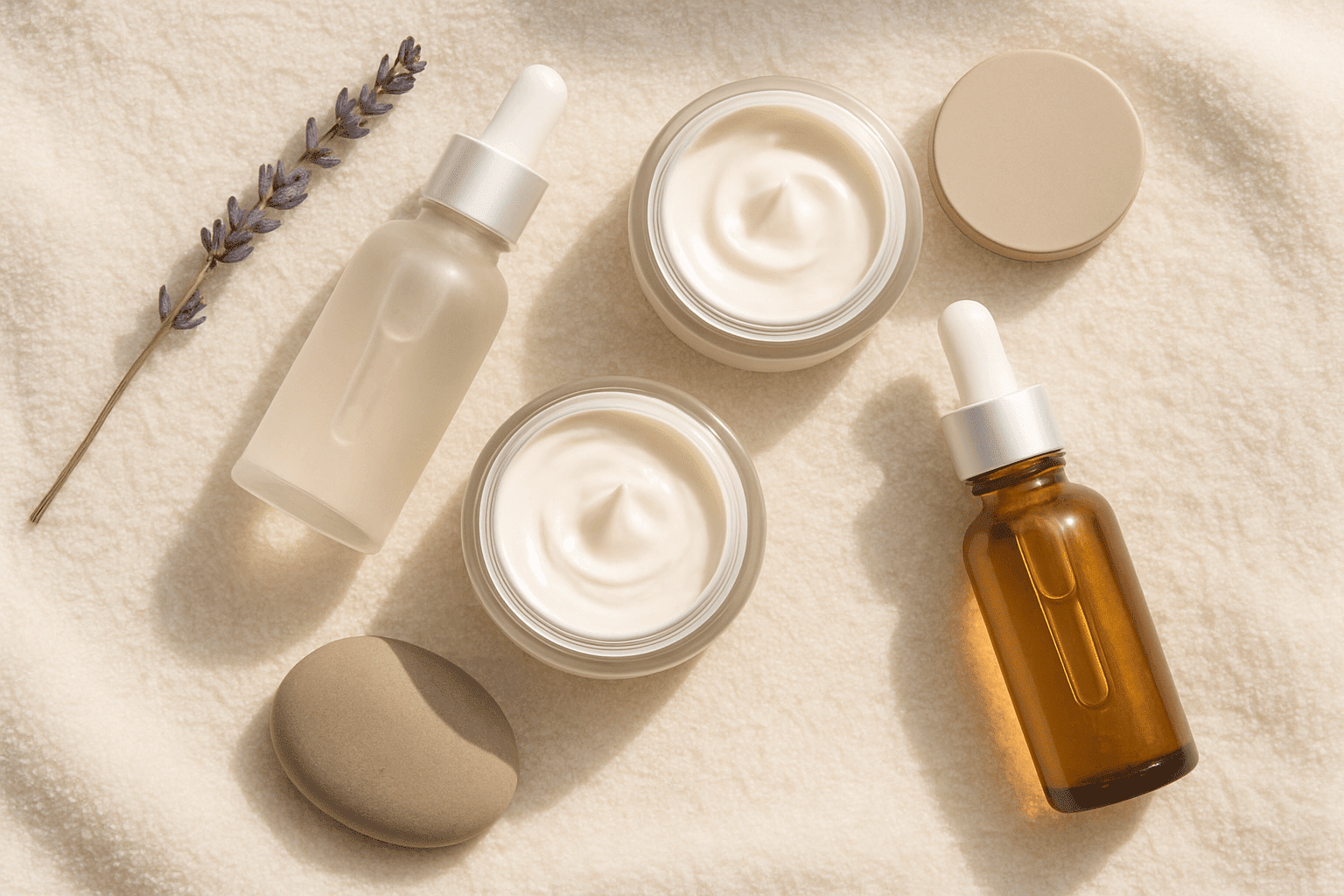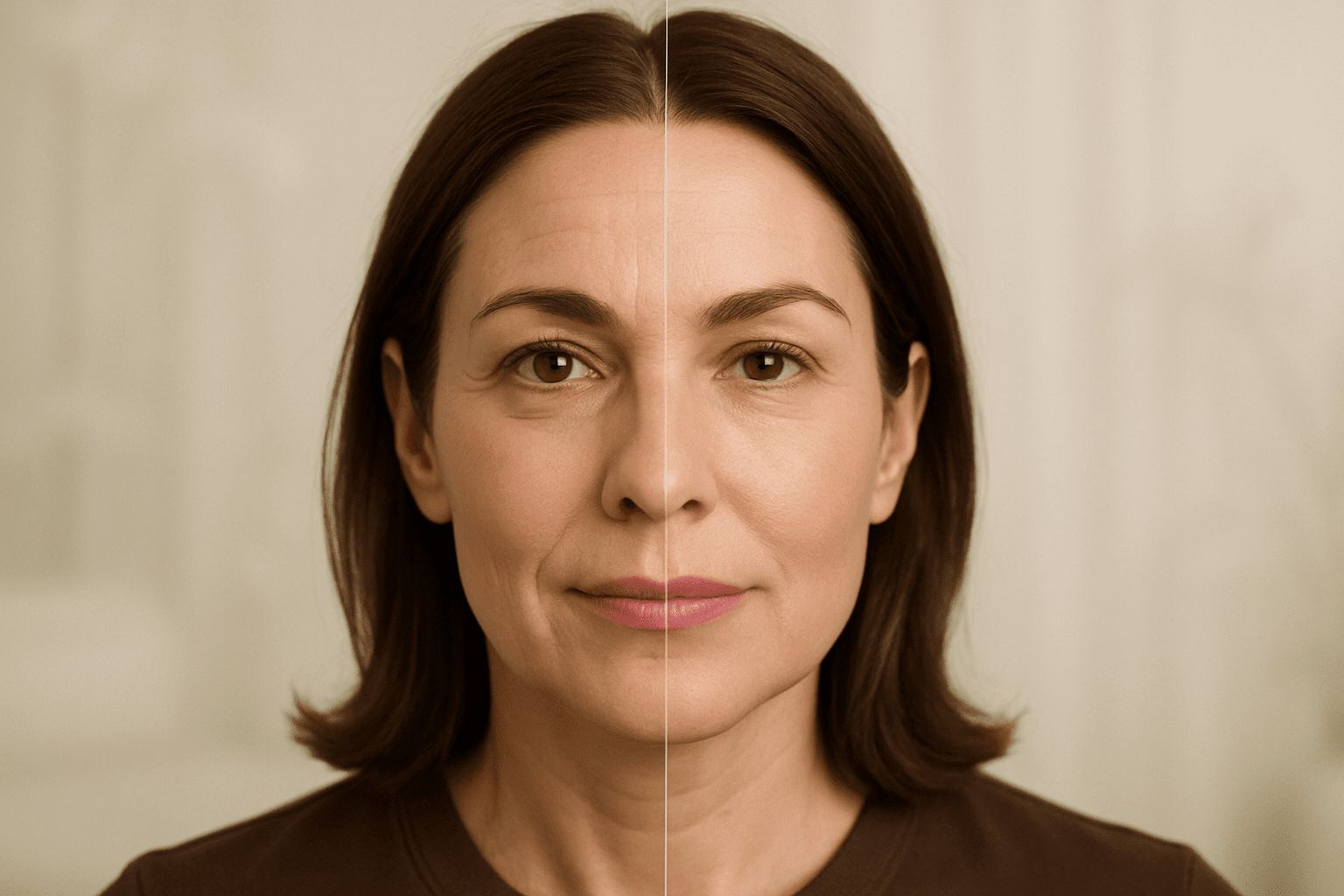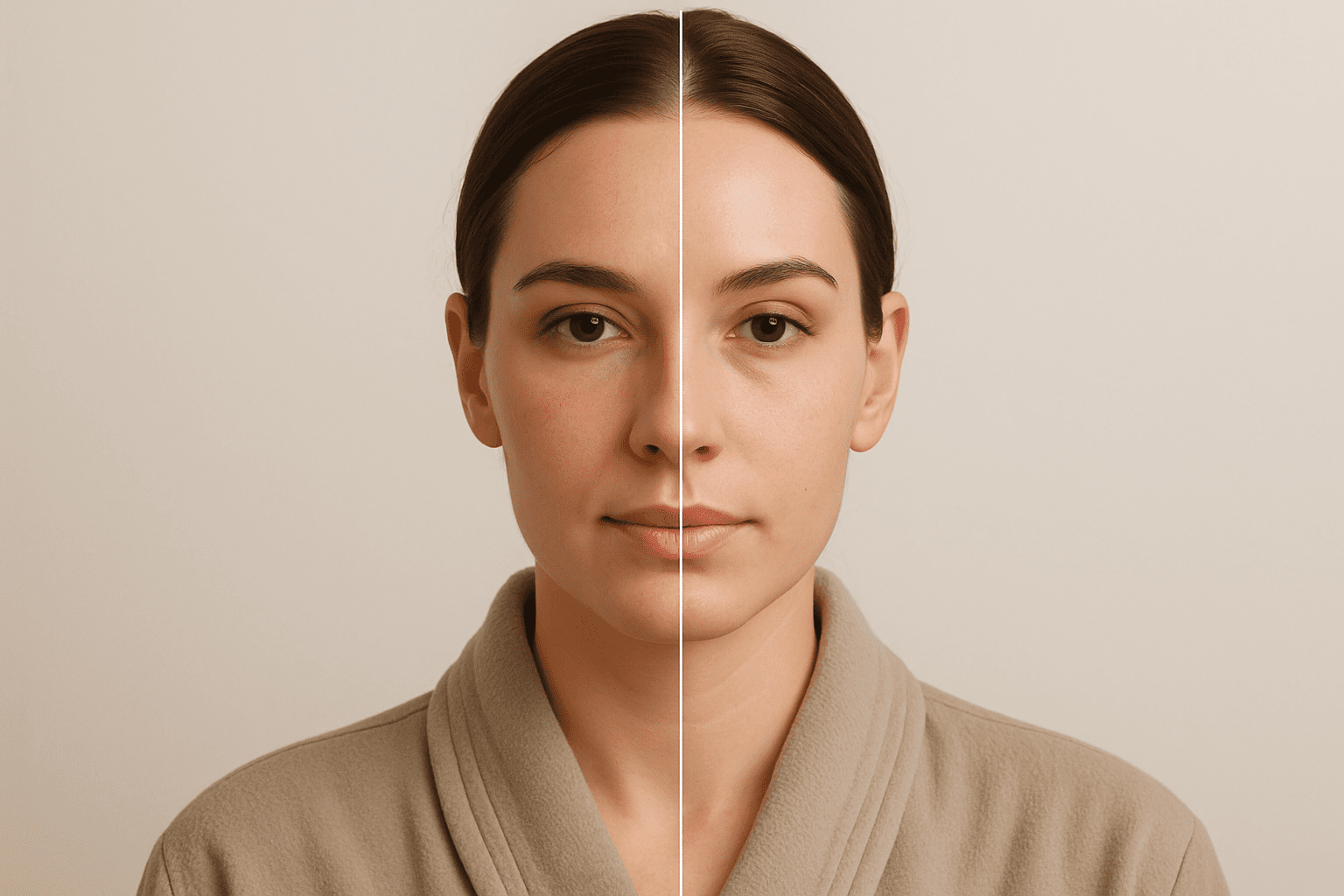Wrinkles don’t show up overnight—but the fight against them can start way before they do. Enter prejuvenation, the latest buzzword in beauty and wellness that flips traditional anti-aging on its head. Instead of reacting to signs of aging, prejuvenation is all about prevention: taking proactive steps in your 20s and 30s to preserve skin health and youthfulness.
With millennials and Gen Z leading the charge, the concept of “aging gracefully” is being rewritten—and the strategy now is “don’t let aging show up in the first place.”
Jump To:
TLDR – Quick Guide
- Prejuvenation: A preventative approach to aging that focuses on preserving youthful skin before visible signs appear.
- Not just skincare: Includes treatments like Botox, microneedling, and laser resurfacing—done earlier than you’d think.
- Why it’s trending: Gen Z and millennials prioritize skin health, self-care, and subtle enhancements.
- Typical treatments: Preventative Botox, sunscreen, retinoids, collagen-stimulating treatments, and IV therapy.
- Biggest benefit: Helps delay fine lines, volume loss, and texture changes, often reducing the need for aggressive treatments later.
Detailed Breakdown
What Is Prejuvenation?
Prejuvenation combines “prevention” and “rejuvenation.” It’s a forward-thinking approach to skincare and aesthetics that starts before the signs of aging take hold. Rather than waiting for fine lines, sun damage, or collagen depletion to show up, people are investing early in their skin’s long-term health.
This trend is a direct response to growing awareness of:
- Environmental stressors like pollution and UV exposure
- The long-term benefits of non-invasive treatments
- The cultural shift toward proactive, not reactive, wellness
And yes, TikTok and Instagram have absolutely played a role in pushing this movement mainstream.
Key Prejuvenation Treatments
Forget the 10-step skincare routine. Prejuvenation involves targeted treatments backed by science:
1. Preventative Botox
- Tiny doses to inhibit muscle movement and prevent expression lines
- Popular among people in their mid-to-late 20s
2. Medical-Grade Skincare
- Think vitamin C serums, retinoids, peptides, and SPF
- These products defend against free radicals and stimulate skin cell turnover
3. Microneedling & PRP (aka the “vampire facial”)
- Stimulates collagen and elastin production
- Great for improving texture, pore size, and tone
4. Laser Resurfacing
- Fractional lasers like CO2 or IPL help reduce early pigmentation and improve skin texture
5. IV Therapy & Supplements
- Antioxidants like glutathione, vitamins B12 and C
- Boosts cellular repair from within and supports overall skin glow
Who’s Driving the Trend?
Millennials and Gen Z are rewriting the skincare playbook. According to the American Academy of Facial Plastic and Reconstructive Surgery, over 70% of facial plastic surgeons report increased interest in cosmetic procedures among patients under 30.
Why? Because this generation:
- Is skincare-savvy and digital-first
- Values long-term health and prevention
- Embraces subtle, natural-looking enhancements
The Cost-Benefit Analysis
Pros:
- Delays the need for more aggressive (and expensive) treatments later
- Enhances natural beauty without major changes
- Often lower-cost compared to corrective procedures
- Builds long-term skin resilience
Cons:
- Requires consistency (this is not a one-and-done deal)
- Can become costly if not done strategically
- Results are subtle—ideal if that’s what you want
Prejuvenation isn’t about perfection; it’s about preservation.
When Should You Start?
The best time to start prejuvenation? When your skin still looks great.
Most professionals recommend starting between ages 25 and 30, depending on genetics, lifestyle, and skin concerns. But it’s never too late to begin taking preventative steps—especially if you’re aiming for a more natural, aging-on-your-own-terms look.
Key Takeaways
- Prejuvenation is about maintaining youthful skin before signs of aging appear.
- It’s powered by science, not hype—treatments like Botox, microneedling, and laser therapy can prevent deeper wrinkles and volume loss.
- Millennials and Gen Z are leading the charge by embracing early, subtle interventions.
- Consistency is key—the results come from investing over time, not overnight fixes.
- A tailored prejuvenation strategy can help you age smarter, not harder.
FAQs
1. What’s the difference between prejuvenation and anti-aging?
Anti-aging typically refers to reversing or treating visible signs of aging. Prejuvenation focuses on preventing those signs from appearing in the first place.
2. Is prejuvenation only for people in their 20s?
No. While it often starts in the mid-20s, anyone looking to maintain their skin’s health and prevent further aging signs can benefit.
3. How much does prejuvenation cost?
It varies based on treatments. Preventative Botox might cost $100–$300 per session, while microneedling can run $200–$700. Skincare products are another investment.
4. Are there any risks to starting Botox early?
When done correctly by a licensed provider, preventative Botox is safe. The key is using the right dose for subtle muscle relaxation—not freezing your face.
5. Can I do prejuvenation at home?
You can start with SPF, retinoids, and antioxidants. But in-office treatments like lasers and injectables offer more impactful results when paired with a home routine.



